An overheating GPU typically runs above 65 to 75 °C. Most GPUs can handle temperatures up to 90°C, but it is unsafe for long periods. Keep the GPU below 80°C during heavy use.
This article covers factors affecting temperatures and tips to keep your system running smoothly. Monitoring CPU and GPU temperatures is key for good performance and longer lifespan.
Why is my GPU overheating?
Your GPU may overheat due to poor airflow, dust buildup, or high room temperatures. Overclocking, heavy gaming, or outdated drivers can also cause it. Clean the GPU, improve cooling, and check settings to prevent overheating.
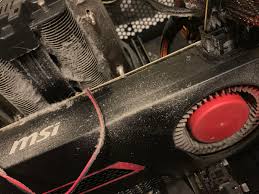
What happens if my GPU overheats?
If your GPU overheats, it can slow down, cause stuttering, or even shut down your PC. Long-term overheating can damage the GPU, reducing its lifespan. To avoid this, ensure proper cooling and keep it clean.
Read Also: Games Only Work If GPU Underclocked – A Comprehensive Guide!
Understanding Normal CPU & GPU Temperatures
Normal CPU temperatures are 40°C to 70°C for regular tasks and up to 85°C for heavy use. For GPUs, 40°C to 65°C is normal for light use, and 65°C to 85°C is typical for gaming or high loads.
Normal CPU Temperatures:
Typical CPU temperatures are between 40°C and 70°C for simple tasks like browsing. During gaming or demanding activities, it can reach up to 85°C. If it gets hotter, try enhancing your cooling system to protect your CPU.
Normal GPU Temperatures:
Normal GPU temperatures are around 40°C to 65°C during light tasks like browsing. For gaming or heavy use, it usually ranges from 65°C to 85°C. If it goes higher, check your cooling to avoid overheating.
Factors Affecting Temperatures
Several factors can affect temperatures, including room temperature, dust buildup, and poor airflow. Overclocking and running heavy software or games can also increase heat.
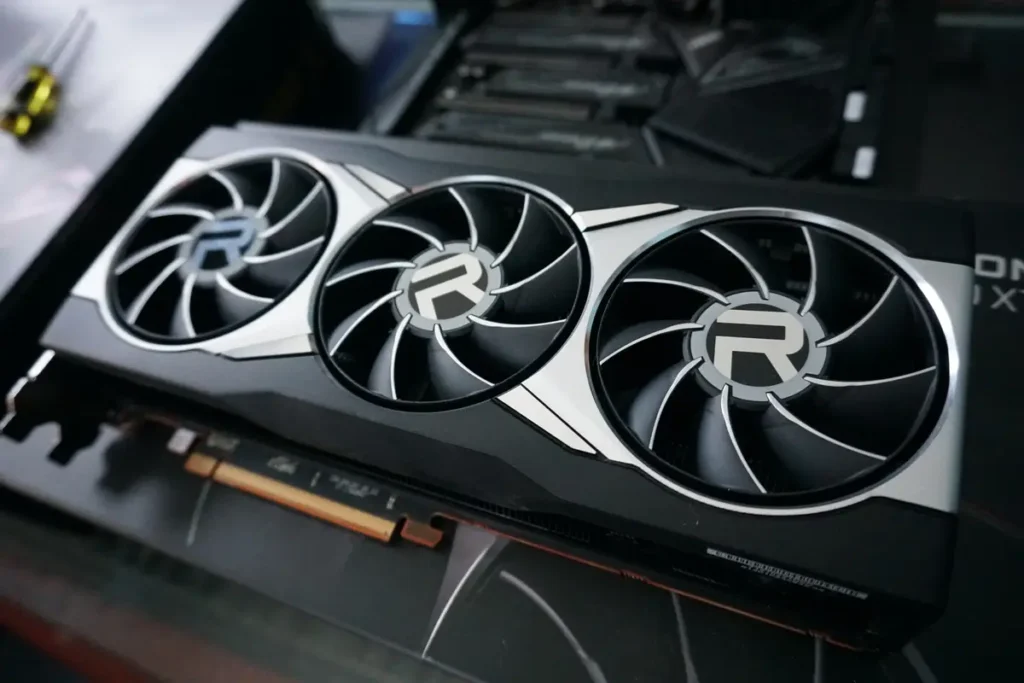
Additionally, old thermal paste, blocked vents, and using a small case can cause higher CPU and GPU temperatures.
Monitoring Temperatures
Monitoring temperatures is important to keep your system safe. Use software like MSI Afterburner or HW-Monitor to check CPU and GPU heat levels.
Ideal CPU temps are below 85°C, and GPU temps should stay below 90°C during heavy use to prevent overheating.
Read Also: Is It Bad To Stress Test Your GPU – Protect your GPU!
Do You Need a GPU for Gaming?
Yes, you need a GPU for gaming because it helps create the graphics you see on the screen. A good GPU improves the game’s visuals and makes it run smoothly.
Some low-end games may work with integrated graphics, but most modern games need a dedicated GPU for the best experience.
Factors That Contribute to an Overheating GPU
Several factors can cause a GPU to overheat. These include poor airflow in your computer case, dust buildup on fans, and high room temperatures.
Overclocking the GPU, running demanding games, and using old thermal paste can also lead to overheating. Keeping your system clean and cool helps prevent this issue.
Why Do GPUs Get Hot?
GPUs get hot because they work hard to process complex tasks like gaming, video editing, or AI. These tasks need a lot of power, causing the GPU to generate heat.

Small spaces, poor airflow, or weak cooling systems can make the heat worse. Proper cooling and good ventilation help keep GPUs from overheating.
What Are Average GPU Temperatures?
Average GPU temperatures are usually between 65°C to 85°C during gaming or heavy tasks. At idle, they stay cooler, around 30°C to 50°C.
Temperatures above 90°C can be risky and may cause damage. Proper cooling, clean fans, and good airflow help keep your GPU within safe temperature ranges.
What Is a Normal GPU Temperature for Gaming?
A normal GPU temperature for gaming is between 65°C and 85°C. While gaming, temperatures may rise due to heavy use, but they should not exceed 90°C. Keeping your GPU cool helps it run better and last longer, so good airflow is important.
What Does a High GPU Temperature Mean?
A high GPU temperature means the graphics card is working hard and may be getting too hot. This may lead to reduced performance, system crashes, or potential damage.
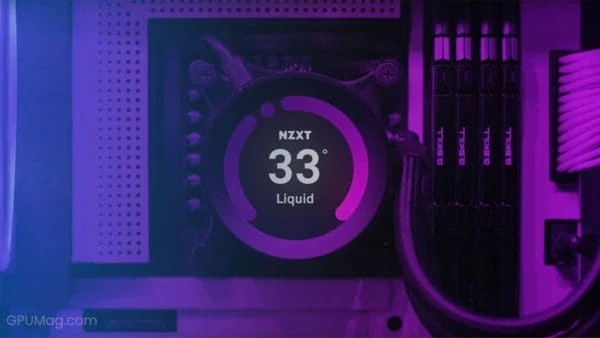
If temperatures go above 90°C, it’s important to check cooling, clean dust, and improve airflow to prevent overheating.
Read Also: GPU And CPU Are Fine But Games Are Crashing – Updates 2024!
What Factors Impact Your GPU’s Thermals?
Many factors affect your GPU’s thermals. Heavy tasks like gaming or video editing make it hotter. Poor airflow in your computer case traps heat.
Dust on fans or heat sinks can block cooling. High room temperature also adds to the heat. Good ventilation, clean parts, and proper cooling systems keep your GPU running cooler.
Safe Operating Temperatures for Your Computer
Safe operating temperatures for your computer depend on its parts. CPUs and GPUs should stay between 30°C to 85°C, depending on use. Storage devices like hard drives work best under 50°C.
Keeping your computer cool with good airflow, clean fans, and cooling systems helps prevent overheating and keeps it running smoothly.
How to Lower Your GPU Temperature?
To lower your GPU temperature, improve airflow in your case, clean dust from fans, and ensure good ventilation. You can also adjust fan speeds, lower graphics settings in games, and replace old thermal paste for better cooling.
Increase Airflow to Your Computer:
To boost airflow in your computer, place it in a cool location and remove any dust. Ensure all fans are working and arrange cables neatly to avoid blocking airflow. Adding extra fans or using larger cases can also help improve cooling.

Add More Fans:
Adding more fans to your computer helps improve cooling by moving more air inside. Place intake fans at the front and exhaust fans at the back. This setup helps remove hot air and keeps your GPU and CPU temperatures lower.
Clean Your Computer and Graphics Card:
Cleaning your computer and graphics card is important for good airflow. Dust can block fans and heat sinks. Use compressed air to gently blow out dust from the GPU and inside the case. Regular cleaning helps keep temperatures low and performance high.
Ensure Your GPU Fans Are Running:
Make sure your GPU fans are running to keep it cool. Verify that the fans are turning while your computer is powered on. If they don’t work, your GPU may overheat. You might need to replace the fans or check for other issues.
Lower the Room Temperature:
Lowering the room temperature helps keep your computer cool. Use fans or air conditioning to reduce heat.
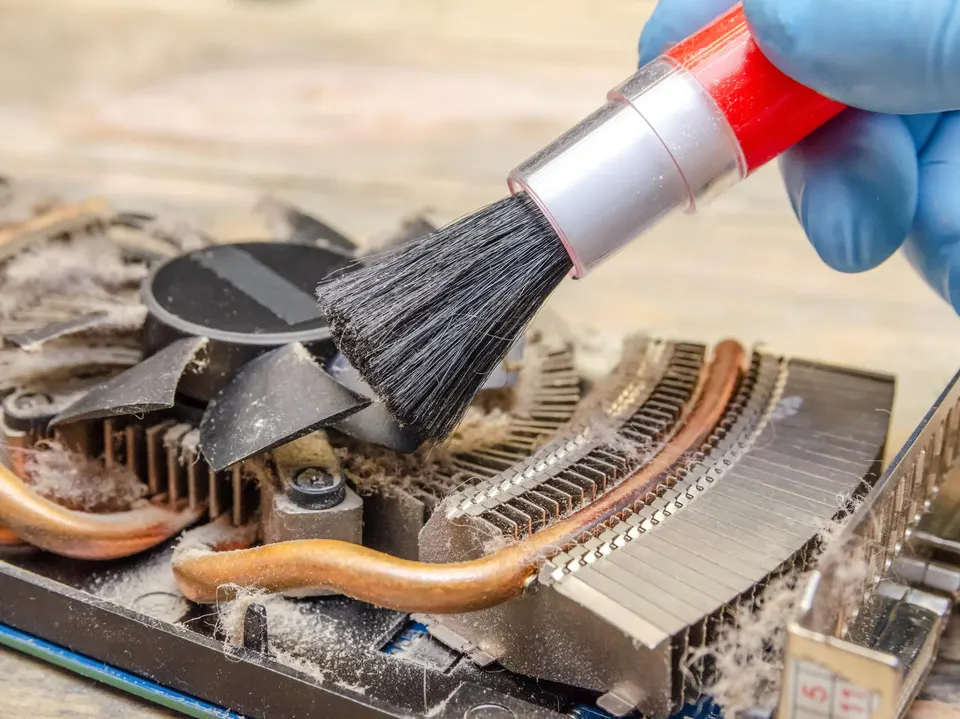
A cooler room can prevent your GPU and CPU from overheating, which helps improve performance and keeps your system running smoothly.
Reapply Thermal Paste:
Reapplying thermal paste can help improve cooling for your GPU. Over time, the old paste can dry out and lose effectiveness. Clean off the old paste, then apply a thin layer of new paste to ensure better heat transfer and lower temperatures.
How Hot Is Too Hot? What’s a Good GPU Temperature?
A GPU temperature above 90°C is too hot and can cause damage. A good GPU temperature is between 65°C and 85°C during gaming. Keeping temperatures in this range helps ensure better performance and longer life for your graphics card.
How Are GPUs Cooled?
GPUs are cooled using fans, heat sinks, or liquid cooling systems. Fans push hot air away, while heat sinks absorb and spread the heat. Liquid cooling uses special liquid to cool the GPU faster.
Good airflow in the computer case also helps keep the GPU cool, preventing overheating during heavy tasks like gaming or editing.
How to monitor GPU temperature?
To monitor GPU temperature, use software like MSI Afterburner, HWMonitor, or GPU-Z. These tools show real-time GPU temperature on your screen.
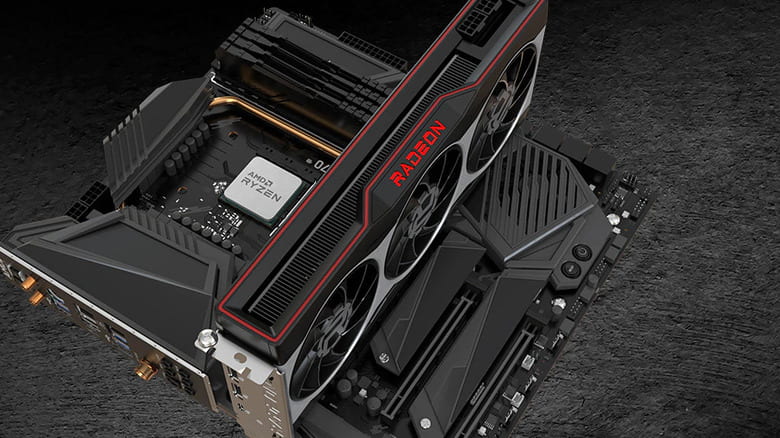
You can also check temperature in some game settings or your computer’s performance monitor. Keeping an eye on GPU temperature helps prevent overheating and ensures your system runs smoothly.
What is the ideal GPU temperature range for desktops and laptops?
The ideal GPU temperature range is 65°C to 85°C for desktops during heavy tasks like gaming. Laptops can run slightly hotter, around 70°C to 90°C, because of their compact size.
At idle, both should stay cooler, around 30°C to 50°C. Proper cooling, clean vents, and good airflow help keep your GPU in the safe range.
Frequently Asked Questions:
1. What are the optimal temperature ranges for a CPU under load?
The optimal temperature range for a CPU under load is between 70°C and 85°C. Going above 85°C can cause overheating and reduce performance. Keeping your CPU within this range helps ensure it runs smoothly and lasts longer.
2. At what temperature should I start to worry about my GPU overheating?
You should start to worry about your GPU overheating if it reaches 85°C. If it goes above 90°C, it can cause damage and reduce performance. Keep an eye on temperatures and take action if they get too high.
3. How hot is too hot for a GPU when running graphics-intensive applications?
For a GPU running graphics-intensive applications, temperatures above 85°C are too hot. If it reaches 90°C or higher, it can lead to overheating, crashes, or damage. Keeping the GPU below these temperatures helps ensure better performance and longer life.
4. Are there any long-term effects of running a CPU or GPU at high temperatures?
Yes, keeping a CPU or GPU at elevated temperatures for extended periods can lead to harm. It can shorten their lifespan, reduce performance, and lead to failures.
5. What temperature is bad for a GPU?
A GPU temperature above 90°C is bad and can cause damage. Regularly reaching temperatures over 85°C can also reduce performance and lifespan.
6. What is too high for a GPU temperature?
A GPU temperature above 90°C is too high and can cause damage or reduce performance. High heat risks overheating. Keep your GPU cool with proper ventilation, clean fans, and good cooling systems to stay safe.
Conclusion
In conclusion, to keep your GPU healthy and performing well, monitor its temperature and ensure it stays below 85°C during use.
Regular cleaning and proper airflow can help prevent overheating and extend the lifespan of your graphics card.